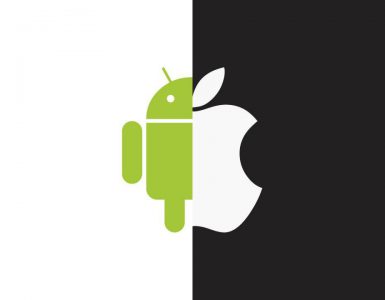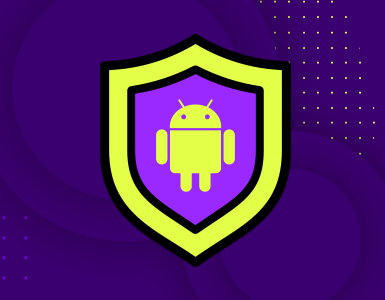ANDROID 9 PIE
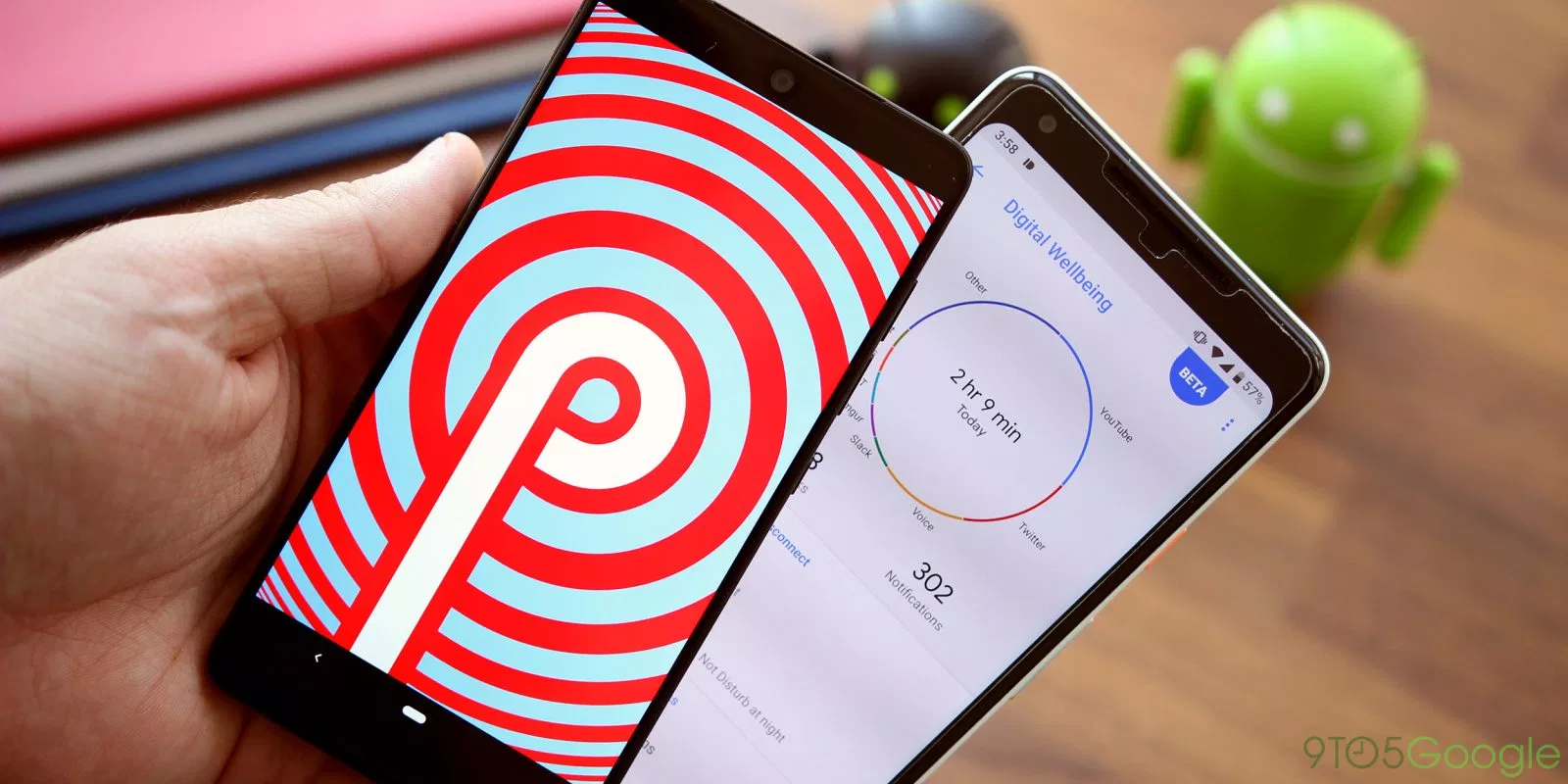
Last week, Samsung began to distribute the final stable update with the Android 9 Pie operating system for Galaxy Note8 smartphones. Coverage has expanded to several additional regions.
Galaxy Note8 users in Russia, Iran, India, Saudi Arabia, the United Arab Emirates, and some other Asian countries have started reporting on the possible download of Android 9 Pie to a smartphone. The firmware includes the February Android security update.
For Samsung, this is all you need to upgrade. At the moment, Android 9 Pie for Samsung Galaxy Note8 is already available in more than ten countries.
Also expected to be an update for the Samsung Galaxy S8, which will be released no earlier than March of this year.
ANDROID USERS GET MORE FREEDOM
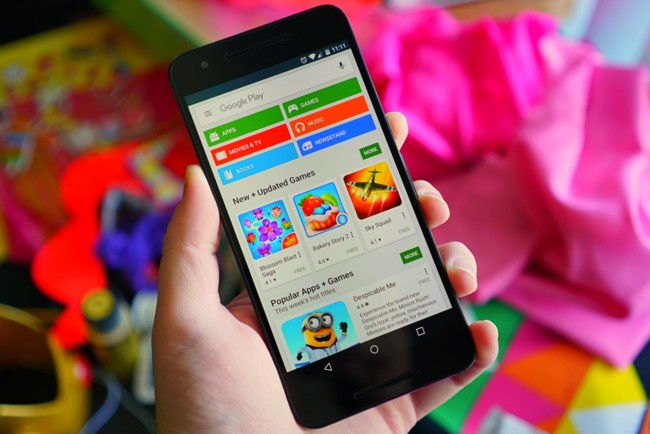
Google has changed its policy regarding users that don’t like using the Google Play Store.
The idea of Google is t remove the restriction on downloading updates for already installed games and programs from Google Play for unauthorized users. However, if the user decides to exit the app store, he needs more updates, but the new initiative allows downloading applications for programs even without entering usernames and passwords. This option is available.
However, it is just in words. The hardest thing that may seem at first glance. This is a confirmation that Google may create errors or errors. It is recommended to contact Google directly with a detailed description of the problems found. This option should appear on Android devices soon.
GOOGLE CHROME FOR ANDROID RADICALLY CHANGED
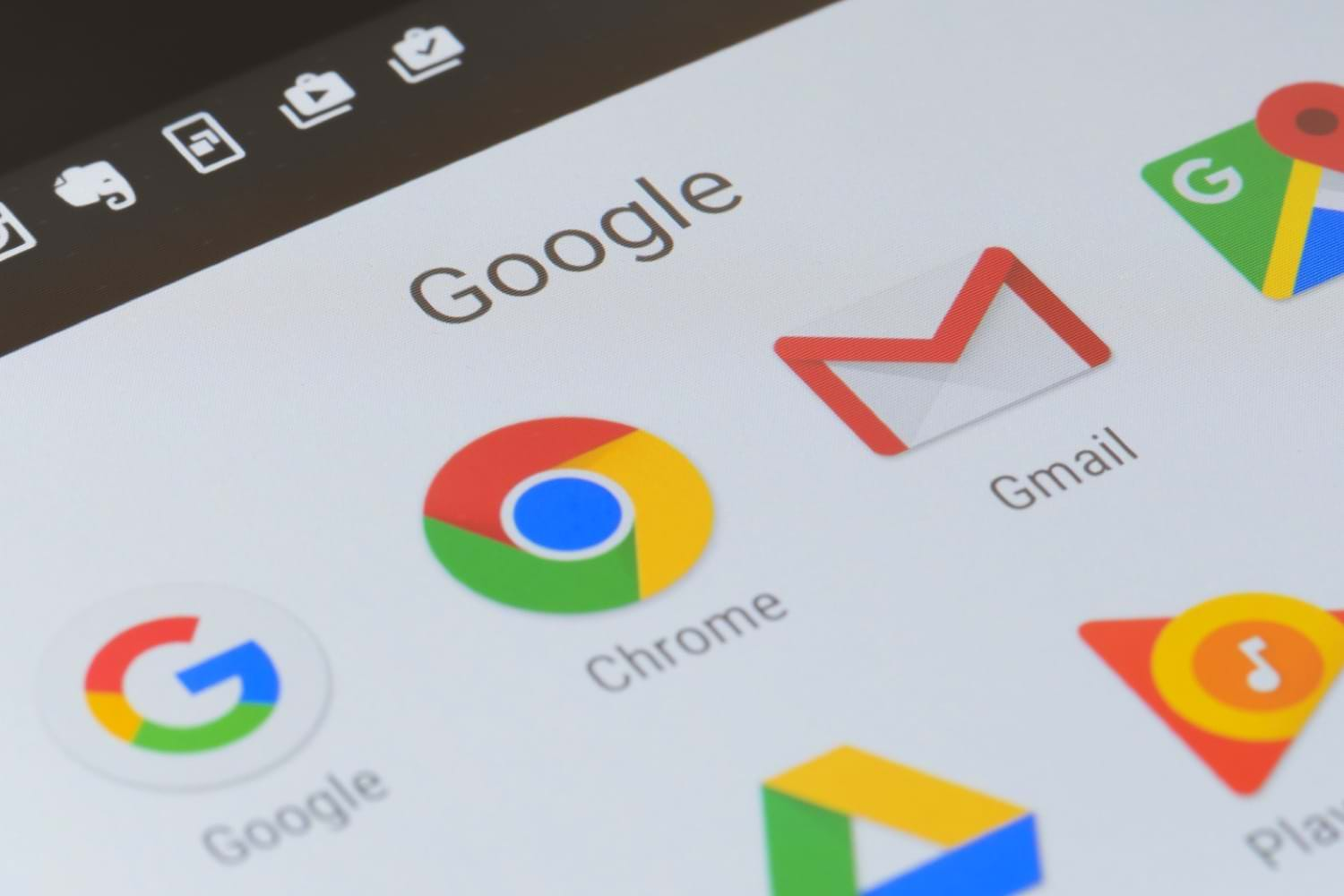
One of Google’s key products is the Chrome web browser, which is getting better and better every year. Hundreds of developers on an ongoing basis do everything in order to offer the best user experience, a reliable security system, a sufficient number of different possibilities, as well as a fast download speed of sites. Today, February 18, 2019, the release of the new Google Chrome for Android took place, which everyone can already install, but so far in the test version.
In short, immediately after installation, you can easily notice that the web browser for mobile devices based on the Android operating system has changed radically, and soon the same innovations are most likely waiting for users of mobile devices based on iOS. Previously, the list of open tabs was located in a vertical form, with the result that only the top of all websites was visible, now the contributions look like small miniatures, and most of one page or another page is visible on them.
NEW EMOJI KIT PRESENTED
The Unicode Consortium announced 230 new Emoji, which appeared on mobile devices and computers in 2019. Among them, there are very unusual ones.
In the set of new Emoji, you can see children, flags, waffles, a person in a wheelchair, a Hindu temple, juice boxes, gay couples, a memorial at the bottom and much more. Some Emoji repeat each other.
These applications will be added to Android, iOS, Windows, macOS and other operating systems in a few months – with major platform updates.
THE VERY FIRST BROWSER IS LAUNCHED AGAIN

The European Organization for Nuclear Research released the web version of the very first WorldWideWeb magazine, created by the founder of the Internet in December 1990.
There is no usual address bar in this browser. Document> Open from full document, write page address and click Open.
No video, sounds, or graphics but only text. Multimedia elements began to appear on the Internet only in 1992. Burns-Lee developed this program on the NeXT computer that did not support color monitors.
The release of the WorldWideWeb web emulator is timed to the 30th anniversary of the first magazine. On the CERN website, you can also find screenshots of the first sites made by Burns-Lee in the nineties and links to articles on the most important events affecting the development of the Internet.


